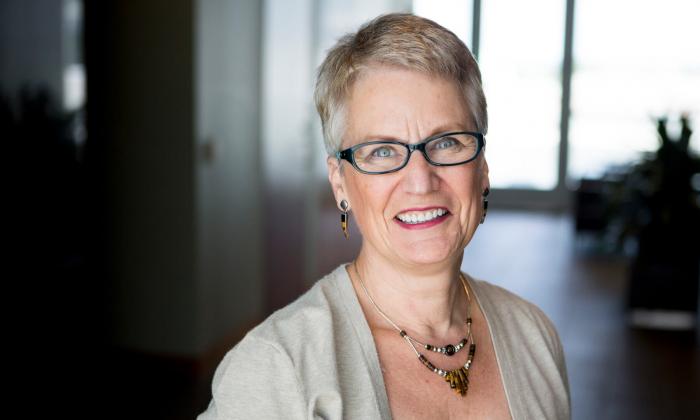
We’re working on a new film at Teaching Tolerance, one that tells the story of the fight to win the vote for African Americans throughout the nation, but especially in places like Alabama and Mississippi.
Ground zero was Selma, Alabama, where in early 1965, organizers appointed block captains, held mass meetings and led marchers—including students—to the courthouse to demonstrate their desire to register to vote.
Three weeks after the first meeting, nearly every teacher at the all-black Clark Elementary School left the building and walked in a procession to the county courthouse. Three times they mounted the courthouse steps, and each time they were pushed back down by the sheriff and his nightstick-wielding deputies.
The demonstration was extraordinary, according to Taylor Branch, who describes it in Pillar of Fire: America in the King Years 1963-1965. Not because the teachers succeeded in registering to vote—they didn’t—and not because they were cheered on by more than 300 students.
What made this demonstration extraordinary was the enormous courage on display that day. It was the first time in the civil rights movement, Branch writes, that teachers, “the most vulnerable class of Negro professionals, all of whom owed their jobs to white politicians,” demonstrated as a group. It’s easier to understand why they might refuse to march.
These teachers could have rationalized that their best service was to continue to teach, to hope for a better future for their students, to keep their heads down and to continue to put food on their families’ tables. At some point, though, they could no longer remain silent.
I hear from many teachers, counselors and administrators today who live out the same dilemma. They witness injustice daily: a culture that marginalizes LGBT individuals, out-of-school suspension practices that disproportionately affect children of color, school policies that privilege the haves over the have-nots. And they describe the obstacles: tangled political webs, parent backlash, community mores, ostracism by colleagues, fear of losing their jobs.
“The opposite of courage isn’t cowardice; it is conformity.”
Jim Hightower
When compared to the injustice of school segregation and voter suppression, these inequities are more diffuse, harder to see, easier to rationalize as logical. In our Summer 2014 issue, we wrote about how we’ve all come to accept private fundraising as a way of life with the result that disadvantaged schools are left even farther behind economically. In this issue, we shine the spotlight on several practices that shortchange the most vulnerable students: poorly-implemented BYOD programs, inequitable school lunch policies, and the push for failing students to recover credits online rather than in a classroom.
Unlike the policies that prevented black teachers from registering to vote in 1965, the inequities we address in this issue are not explicitly based on a white-supremacist worldview. But they grew out of this system, a system that refused to see all people as equal. We rarely intend to hurt our students and families of color, or those living in poverty. But too many school policies have exactly that impact, and they collectively make it harder to ensure that every child has an equal opportunity to learn, to graduate and to succeed.
It’s not enough anymore to keep our heads down and hope we are making a difference in our own classrooms, offices and workspaces. We need to look around our schools and communities with an eye towards equity. And—like our predecessors—we need to find the courage to take a stand together when we see it.
—Maureen Costello